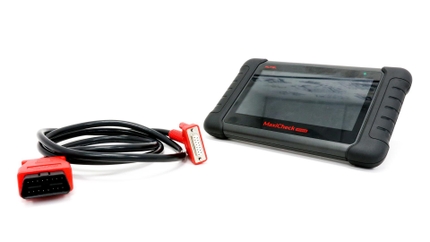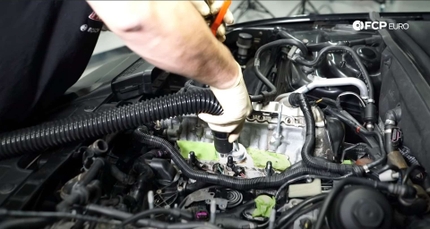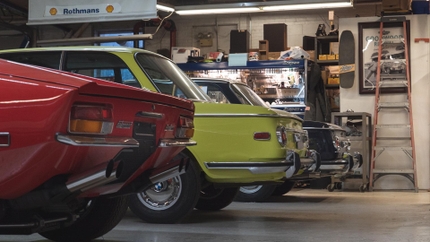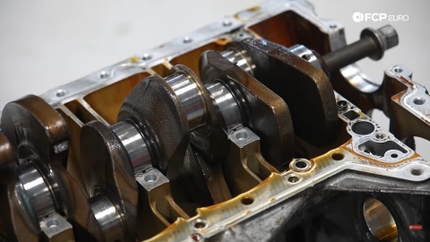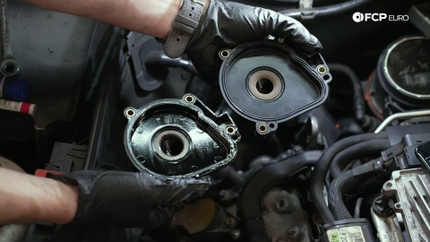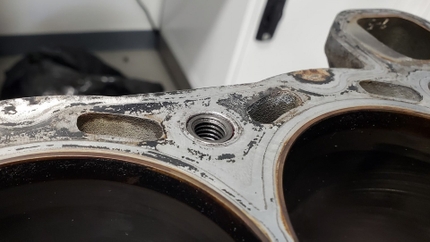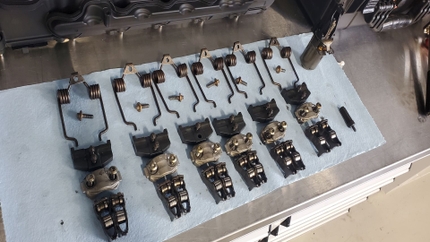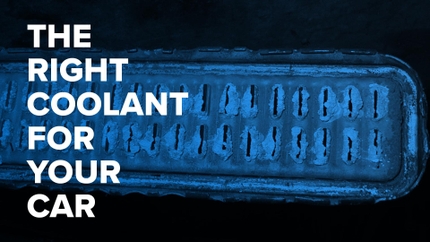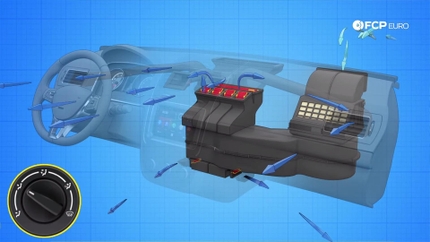
As we progress on our journey through the 1975 Mercedes-Benz 450SL, it is important to look at the D-Jetronic or D-Jet fuel injection system.
With these systems aging and parts needing to be replaced, it is a good time to look at the general function of this system and the various components. The first image shows the fuel flow path as does the second vintage image from Bosch.
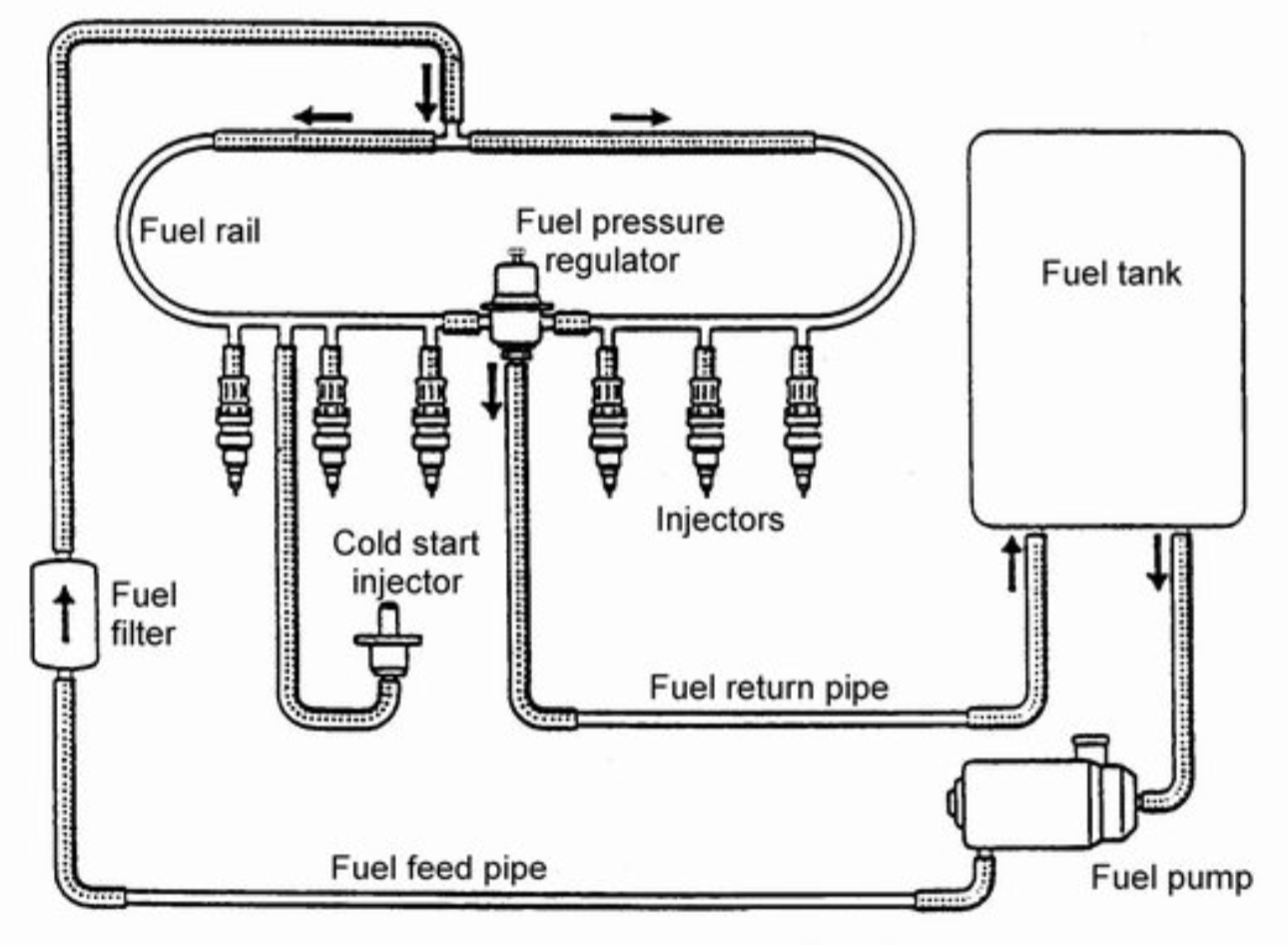
Please Note: This is representative of the six cylinder system
When evaluating this system, it is imperative to observe all of the rubber injection line hosing an and the hose clamp connections. If any hose feels excessively hard, has hairline cracks or is leaking in anyway, it is best to change out the line.
Also look at the fuel injectors. There were five out of the eight that had been leaking when it was parked some severn years ago and they re-leaked when we got the car started. I did not change out any hoses at the time we started the car for the first time, as I did not want to potentially throw money out the window to a car that may not be functional. While we did experience fuel flowing from incorrect places, we did not however have any thermal events and had two fire extinguishers, one on each side of the car just in case. TIP: When ever you are working fuel or electrical components of your engine it is always a good idea to have a fire extinguisher within arms reach.
Now that the engine is known to truly run, it is time to fit the very old D-Jetronic system with new parts. Replaced were all rubber injection lines, fuel injectors, Mercedes Fuel damper and fuel pressure regulator. These parts are several critical components that must be functioning perfectly to deliver fuel properly. In addition to the flow of fuel, it is also important to make sure the other electrical components of the D-Jet system are also working properly. They are as follows: Pressure sensor, ambient air temperature sensor, cold start injector, Throttle position switch, coolant temperature sensor thermo time switch and distributor.
If you choose or have had the ignition system converted to a modern electronic ignition such as the Pertronix Ignitor, you will no longer require the “switch gear” or vacuum advance. In as much, I believe it is important to keep a car as original as possible. To do that, I have left the vacuum advance module fully attached on the exterior and hooked up to the proper vacuum lines. It is however disconnected from the interior of the distributor. The switch gear has also been left in tact on the fender.
Last but note least it is important to know that your fuel pump is functioning properly. In the case of my 1975 450SL, the gas had been in the tank for about 7 years and had turned to what resembled runny caramel. The tank was removed and cleaned by a local radiator shop to remove the thick layer of varnish the old fuel had left behind during evaporation. Also replaced was the fuel pump and filter along with all rubber fuel lines.
The image shows the major fuel delivery related components of the D-Jetronic system that should be looked at, checked or replaced in the event you are having fuel delivery issues or the car has been inoperable for many years. If your particular car has been idle for years, you too should replace, injectors, pump, and filter and hosing without question. Individual items in photo are not to scale.
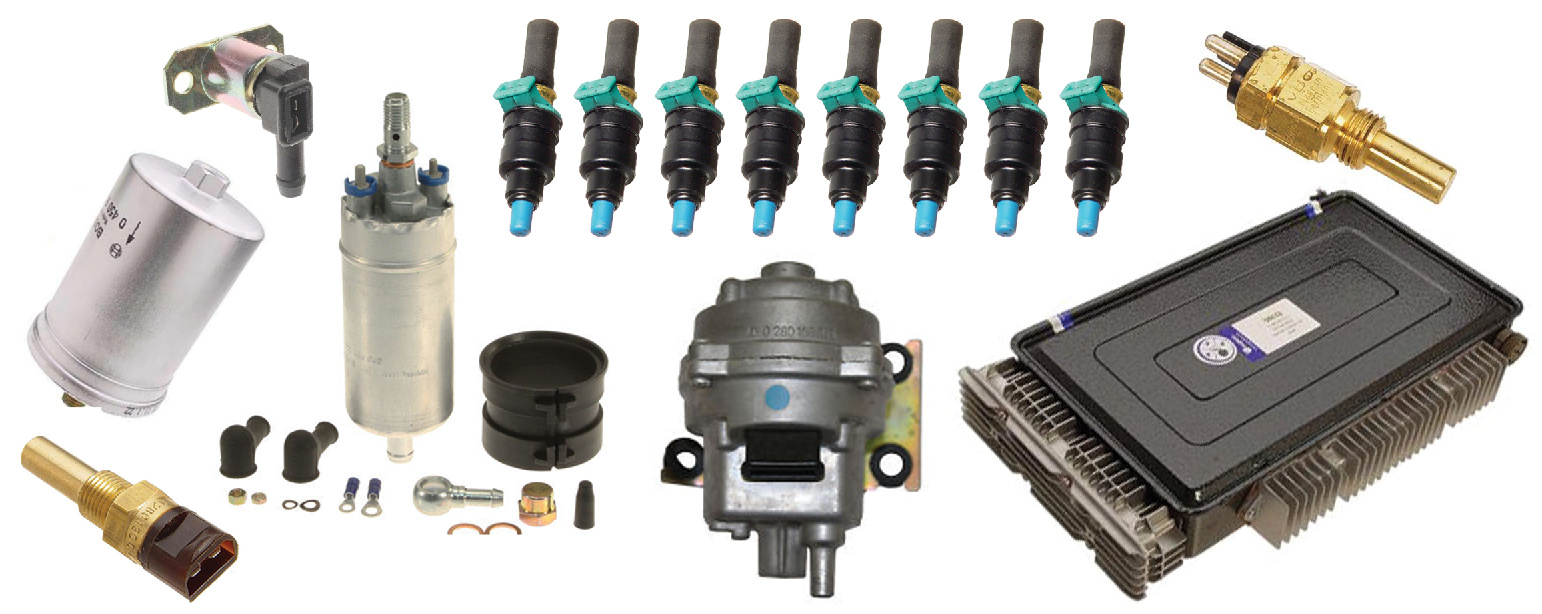
TIP: Should you acquire any car that you are unfamiliar with and do not know how it was stored or for how long, it is never a good idea to try and start it without fully checking all fluids and the fuel quality.
Be sure to check all systems as you work on your Mercedes 450SL and you will no doubt enjoy miles of trouble free motoring!


